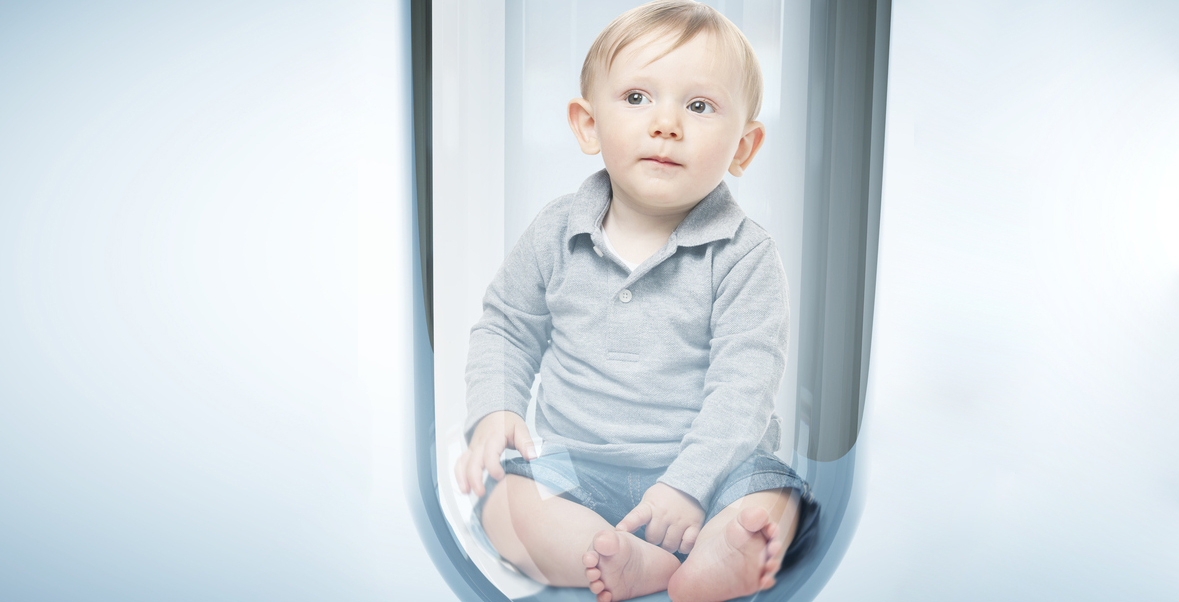Data collected from various international registers have allowed accurate figures to be published on medically assisted reproduction around the world. The findings were presented during the 34th ESHRE (European Society of Human Reproduction and Embryology)[1] Congress, by Dr Christian de Geyter, President of the ESHRE European IVF Monitoring Consortium.
The figures show that:
- Approximately 8 million people worldwide have been born through medically assisted reproduction.
- In Europe, the countries most active in this area are Spain (119,875 cycles), Russia (110,723 cycles) and Germany (96,512 cycles) followed by France (93,918 cycles).
- ICSI[2] (intracytoplasmic sperm injection) is the method of choice compared to conventional IVF therapy[3]: 356,351 ICSI versus 131,221 IVF. This is essentially because ICSI has a better efficacy rate: 30% versus 25% for IVF.
- The twin birth rate is declining in Europe because “the current trend is to transfer a single embryo”.
See also:
Bioethics and embryos in vitro: Where does medically assisted reproduction stand in all of this?
MAP (medically assisted procreation) in Europe – Spain at the forefront
MAP (medically assisted procreation) bypasses infertility but does not treat it
IVF treatment too expensive for British NHS
The IVF process affects birth weight and size
In France, one in thirty births through medically assisted reproduction in 2018?
[1] This congress is taking place in Barcelona from 1st to 4th of July 2018.
[2] ICSI is the injection of a single sperm into the cytoplasm of an isolated egg.
[3] So-called conventional IVF involves bringing the eggs and sperm into contact on sterile Petri dishes. One or more embryos are then chosen and reimplanted into the woman’s uterus.
Sciences et Avenir, Sylvie Riou-Milliot (03/07/2018)

